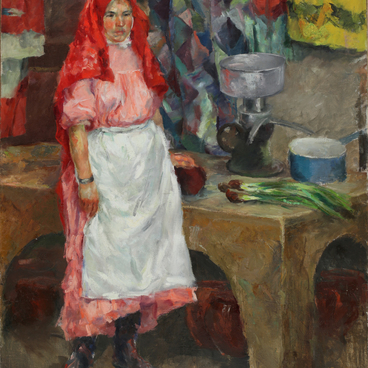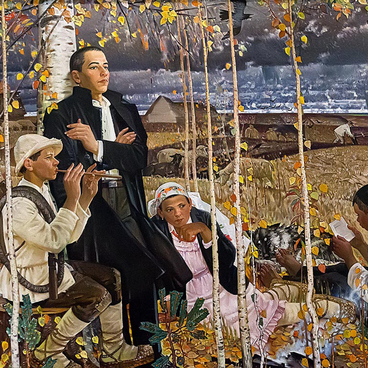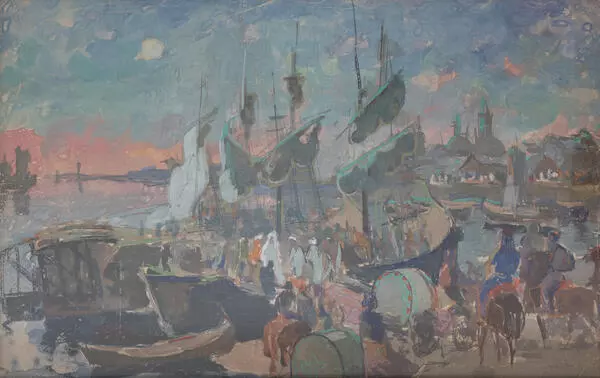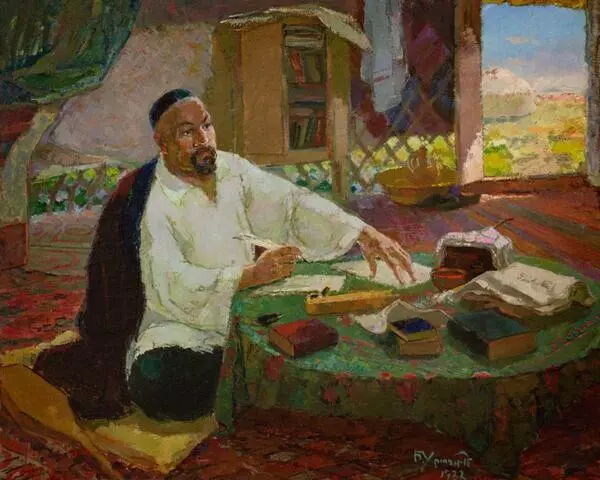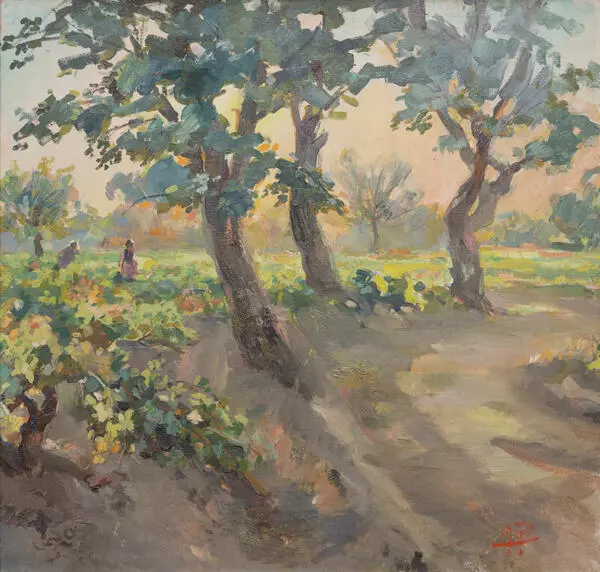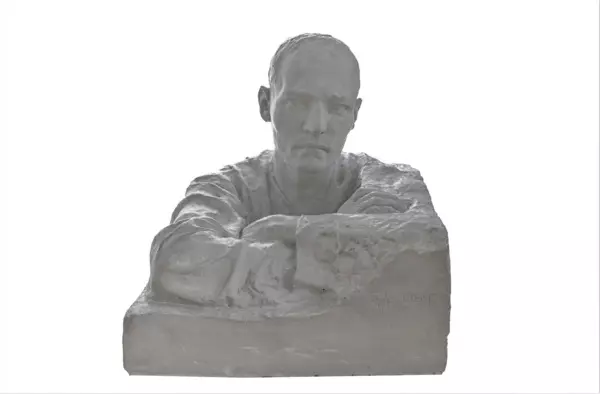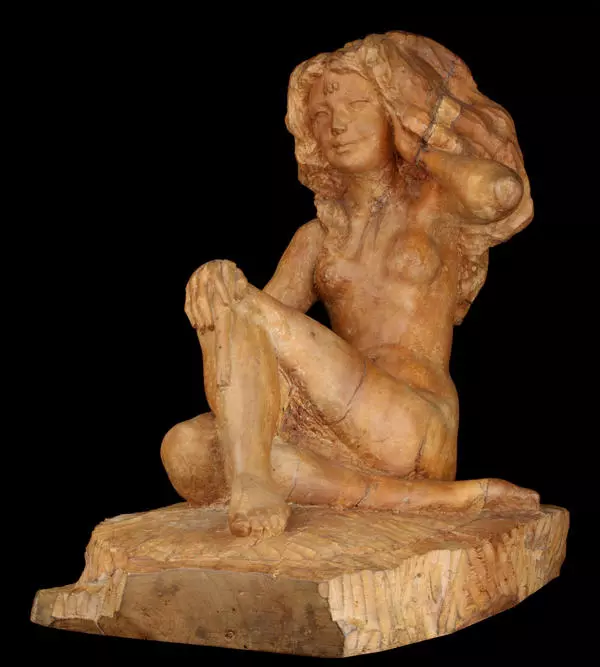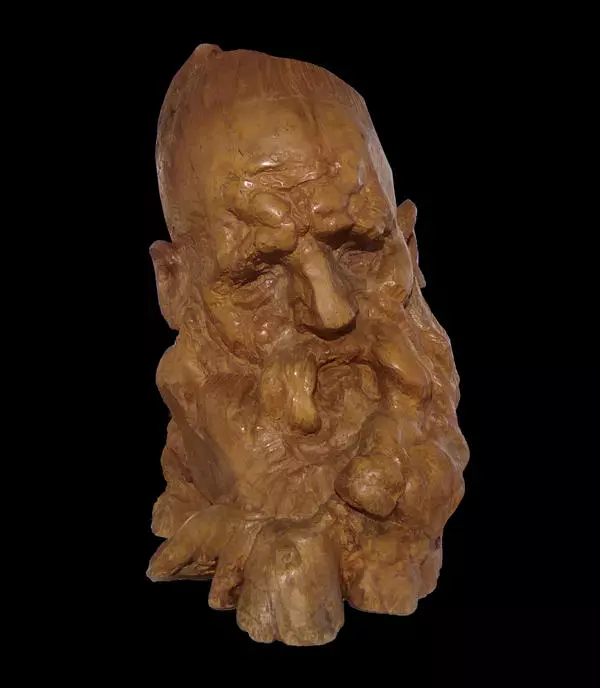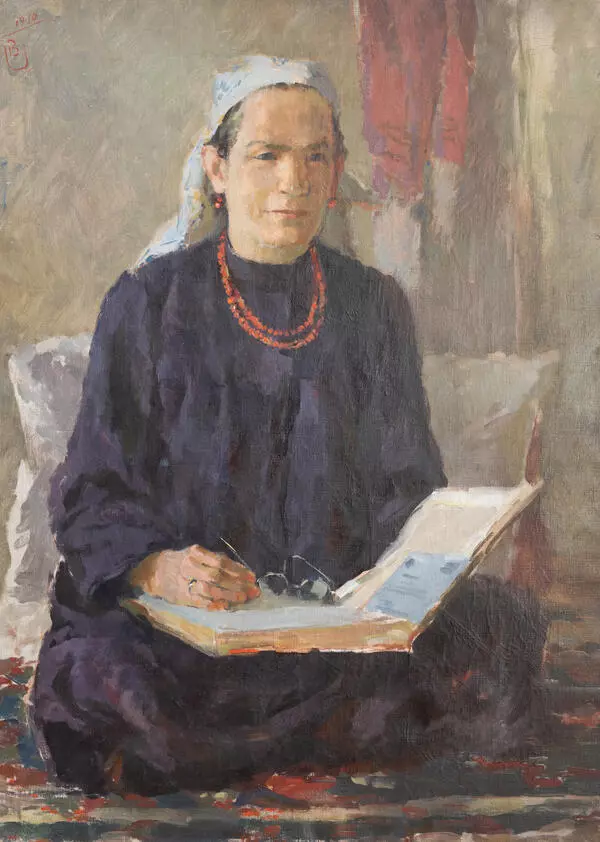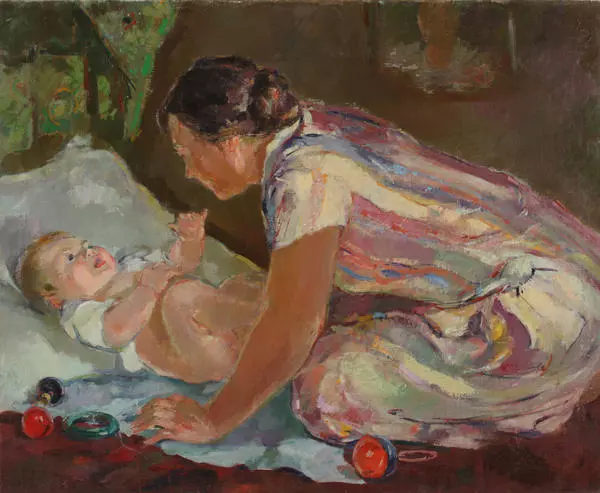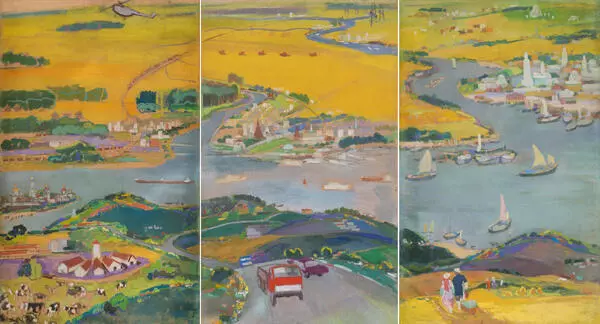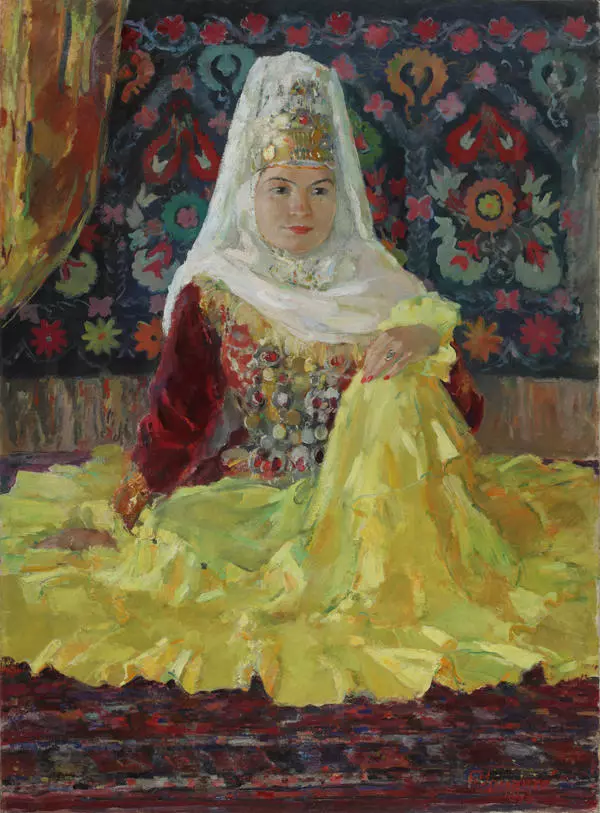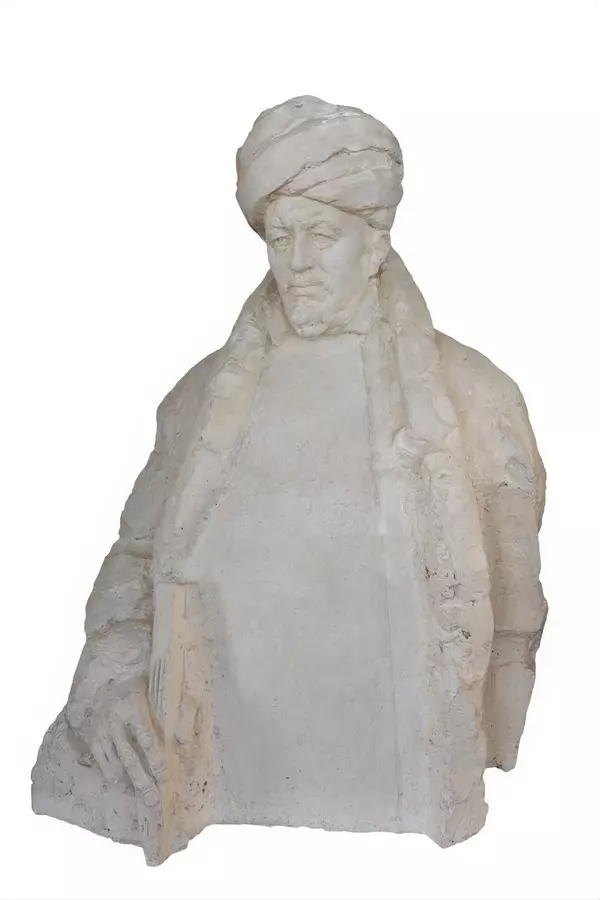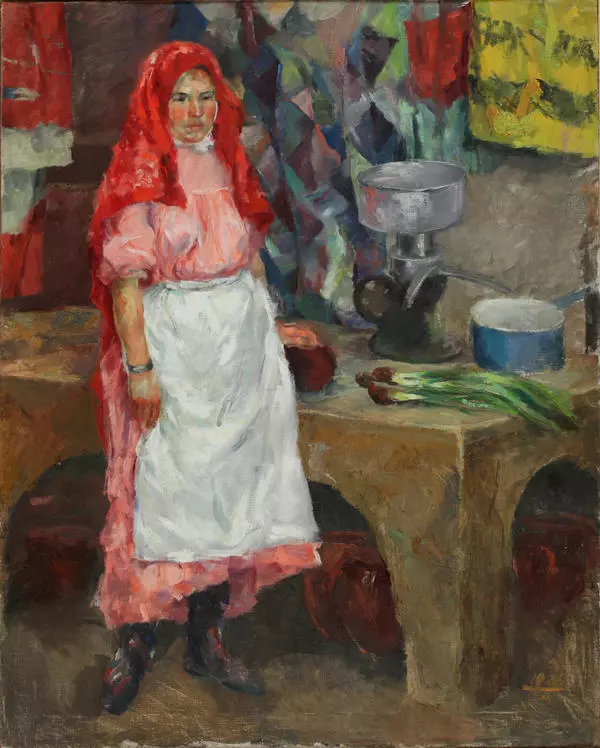At the River Crossing is one of the first paintings in the series of Volga landscapes by Baqi Urmanche. He painted it in Kazan during the happy years of his artistic prime. By that moment, the artist had tried a lot of jobs: he had worked at a factory worker at the Urals, as a miner in Donets coalfields, as a school inspector in Udmurtia, as a soldier in tsar’s army. The eldest son in a large family, he believed that he had to financially support his younger brothers and sisters and did his best to earn a living.
However, his desire to become an artist overcame all the obstacles. After the Revolution, he enrolled in the Kazan Free Art Studios, and later, went to Moscow to study in the Higher Art and Technical Studios (Vkhutemas) of Moscow. After returning to Kazan at the second half of the 1920s, he started a lot of activities: began teaching in an art college, became director of the art department of the House of Tatar Culture, started making illustrations and, certainly, continued painting. As Urmanche remembered, in those years he was “passionately involved in creative work and teaching, devoting himself totally to his favorite occupation”.
However, his desire to become an artist overcame all the obstacles. After the Revolution, he enrolled in the Kazan Free Art Studios, and later, went to Moscow to study in the Higher Art and Technical Studios (Vkhutemas) of Moscow. After returning to Kazan at the second half of the 1920s, he started a lot of activities: began teaching in an art college, became director of the art department of the House of Tatar Culture, started making illustrations and, certainly, continued painting. As Urmanche remembered, in those years he was “passionately involved in creative work and teaching, devoting himself totally to his favorite occupation”.

